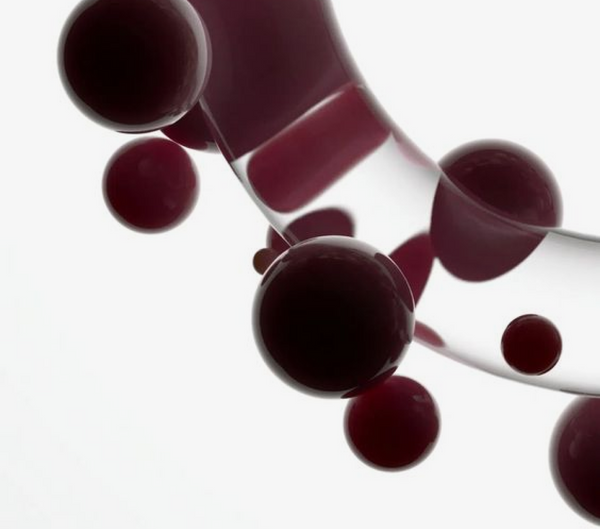Everyone at Juice Beauty is happy to be celebrating our 10 year anniversary! In celebration of our 10 years of building a sustainable, mission-driven beauty business, we’ve produced an animated video to explain Juice Beauty’s roots.
By Karen Behnke, Founder
It all began when I became pregnant with my first baby and started thinking about skin absorption during my child bearing time. Years later, Juice Beauty was born. We produced this video to increase awareness of the benefits of organic and clean beauty ingredients.
We’ve seen skin absorption often questioned and bantered about in social media. It has been documented and Juice Beauty has cited, that the skin can absorb up to 64% of what is topically placed on it, but it may be a difficult number to quantify for multiple reasons. Sometimes we hear arguments about the exact percentage of absorption and whether 64% is accurate or not, when it might be better to focus our attentions on actions to reduce pesticides and other unnecessary chemicals.
Scientists do know that skin absorption occurs. For example, in the medical profession certain pharmaceuticals are administered trans-dermally through the skin. Some examples include medication to treat motion sickness; nicotine patches to help with smoking addiction, nitroglycerin patches for heart disease, birth control patches and more. Cardiologists have told me that nitroglycerin, when delivered through transdermal patches, may provide hours of protection against angina as opposed to sublingual (under the tongue) tablets that often provide shorter relief for patients.
The 64% statistic we used in the video was taken from a study published in the American Journal of Public Health, is an example to drive home the point that the skin does absorb. However, multiple factors can affect this number depending on how the pharmaceutical or topical cream is applied, the physical condition of the skin, and many more factors. A real eye opener was this study spearheaded by the Environmental Working Group (EWG) and Commonweal, where researchers at two major laboratories found an average of 200 industrial chemicals and pollutants in umbilical cord blood donated from 10 babies born in August and September of 2004 in U.S. hospitals. Tests revealed a total of 287 chemicals in the study. The umbilical cord blood of these 10 children, collected by the Red Cross after the cord was cut, harbored pesticides, consumer product ingredients, wastes from burning coal, gasoline, the Teflon chemical PFQA, and perfluorochemicals used as stain and oil repellants in fast food packaging and textiles.
At Juice Beauty, we are trying to do our part everyday to reduce the use of pesticides by supporting USDA certified organic farming. Choosing beauty products made with organic ingredients or choosing organic food items means you are supporting the farmers that are working hard to reduce environmental toxins that can reside everywhere around us and can be absorbed into our bodies.
We hope that you’re as excited as we are about how we’re trying to radically change the chemistry of beauty with clean ingredients and all of the other exciting things happening with our company right now, like our partnership with Gwyneth Paltrow. Thank you for being apart of our 10th anniversary celebration and thanks to all of our loyal customers.
The post Skin Absorption appeared first on Juice Beauty Blog.

